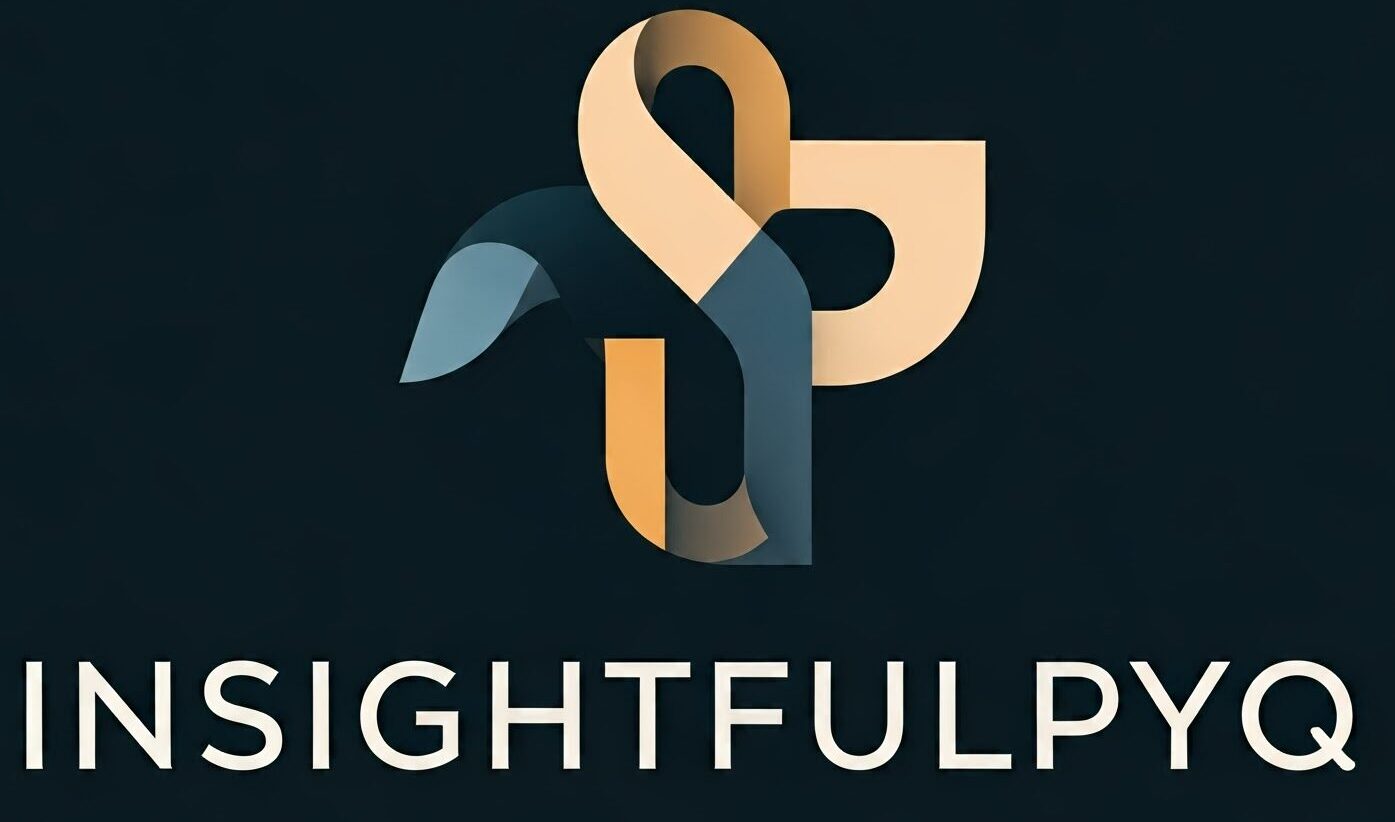In a groundbreaking study published in Nature Chemistry, researchers at the University of California, Davis Institute for Psychedelics and Neurotherapeutics (IPN) have achieved the total synthesis of ibogaine, a psychoactive compound with significant therapeutic potential. This discovery not only paves the way for more accessible research into ibogaine’s anti-addictive and antidepressant properties but also opens doors to the development of safer and more effective analogs.
What is Ibogaine?
Ibogaine is a naturally occurring psychoactive alkaloid found in the roots of the iboga shrub (Tabernanthe iboga) and the small-fruited voacanga tree (Voacanga africana), native to Central Africa. Traditionally used in spiritual and healing rituals by indigenous communities, ibogaine has gained attention in modern medicine for its potential to treat substance use disorders, traumatic brain injury, and depression.
However, ibogaine’s use comes with significant risks, including cardiac arrhythmias and other safety concerns. Additionally, its extraction from plants is resource-intensive and unsustainable, limiting its availability for research and therapeutic use.
The Breakthrough: Total Synthesis of Ibogaine
The UC Davis team, led by David E. Olson, director of the IPN and professor of chemistry and biochemistry, successfully synthesized ibogaine and its analogs from pyridine, an inexpensive and widely available chemical. This achievement marks a significant leap forward in the field of psychedelic research.
Source: Nature

